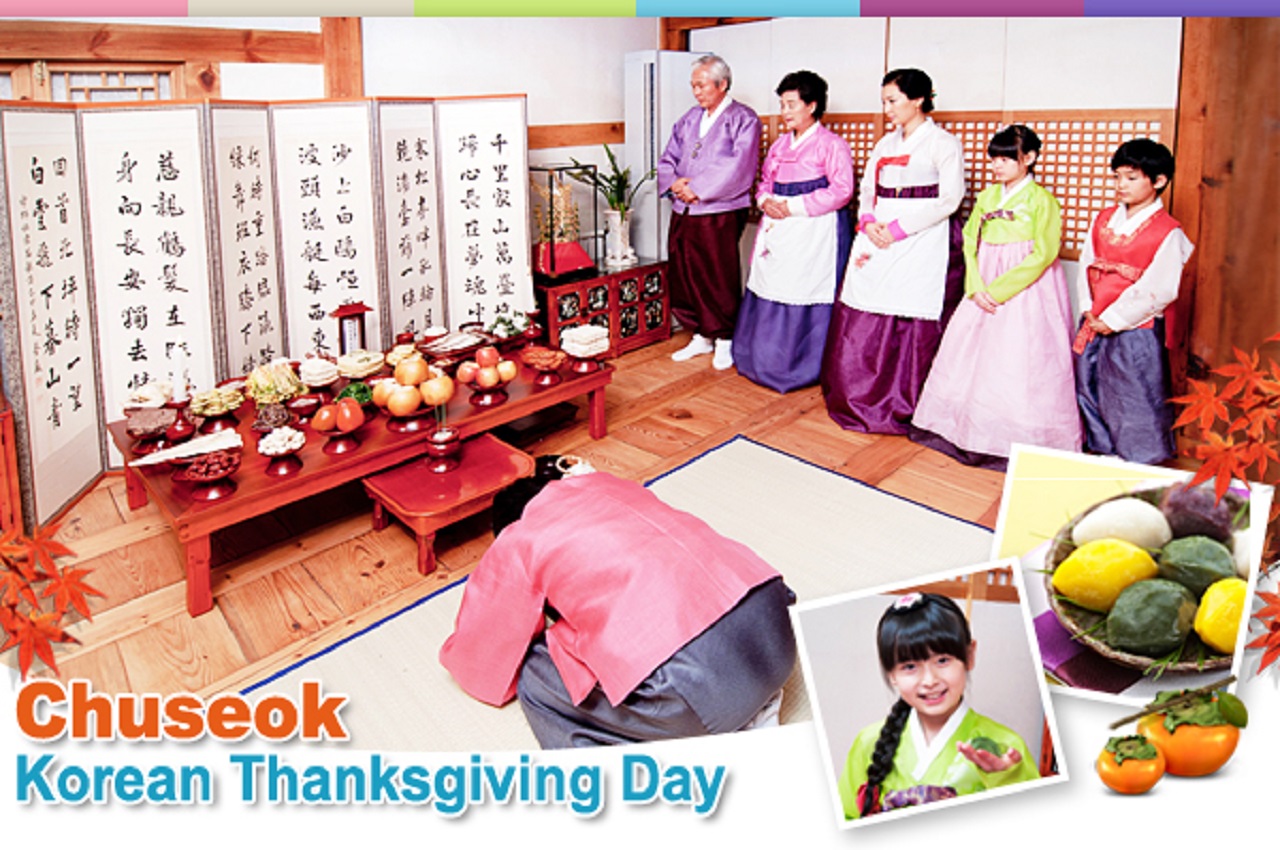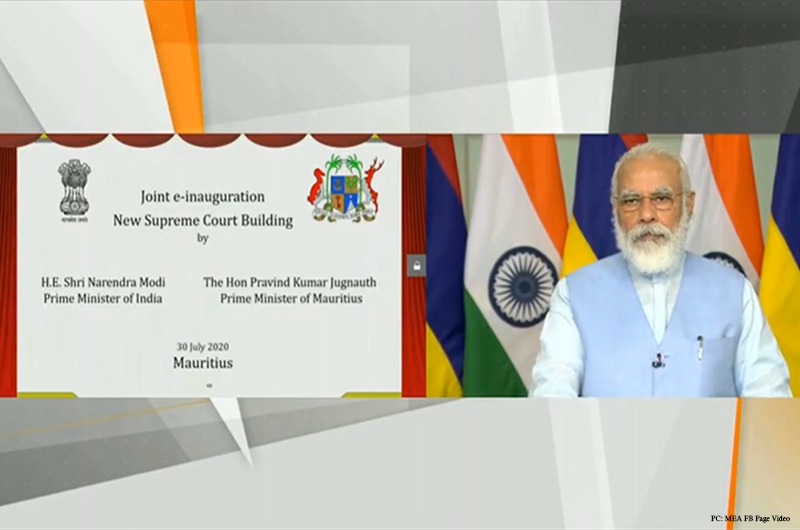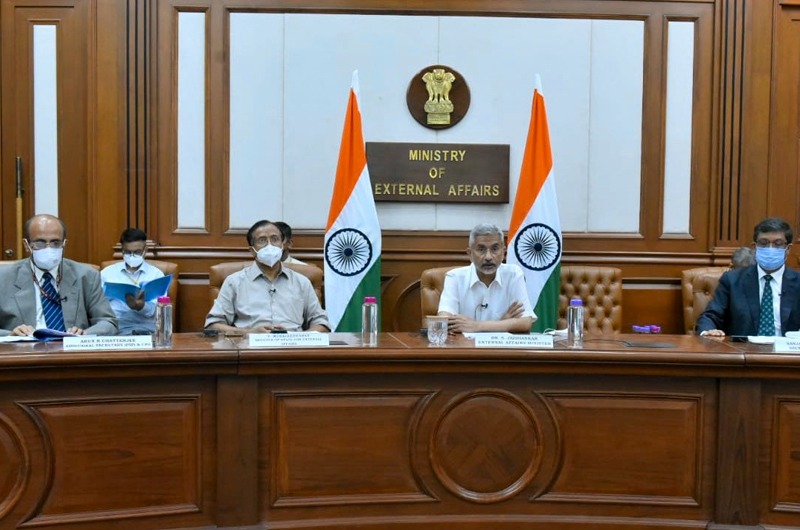“You will be enriched in every way so that you can be generous on every occasion, and through us your generosity will result in thanksgiving to God.” – 2 Cor 9:11 (NIV)
It’s the season of Thanksgiving in South Korea! A time spent with loved ones giving thanks for the blessings received and praying for a blessed and abundant year.

In South Korea, Chuseok (Korean Thanksgiving Day) is one of the three major and most important holidays, along with Seollal (Lunar New Year’s Day) and Dano (5th day of the 5th lunar month). It is an ancient tradition with deep cultural roots which holds a place of real significance to Koreans. This year (2017), Chuseok Day falls on the 4th of October, although the full holiday period is actually taking place for 10 days at most, from September 30 to October 9 (Hangeul Day).
History places the origin of Chuseok in the Three Kingdoms period (~2,100 years ago). Beginning as a celebration of harvest and abundance, women teams from adjacent villages would compete against each other in a weaving contest. The winning team would get a meal prepared from the year’s first harvest and would then use the woven cloth to make new clothes, which would be worn to pay respect to their ancestors at their graves.
The change of season would be celebrated by various activities, one of which is the Gang Gang Sul Lae, which roughly means the turning of the wheel and a circle dance performed by the women under the full moon. Together, the women and the full moon strongly symbolize wealth and prayer offered for an abundant year.
In the modern times, family members from near and far gather together to share food and stories and to honor their ancestors. Koreans travel to their hometown to spend quality time with family and friends.
On the morning of Chuseok, family members gather together at their homes and hold memorial services (charye) in honor of their ancestors, where freshly harvested rice, alcohol, and songpyeon (half-moon rice cakes, which are prepared together by the family members on the eve of Chuseok) are offered to their ancestors.
After which, the family members sit down together at the table to partake of the delicious food and share stories. Another traditional Chuseok custom is to visit the ancestral graves (seongmyo), where family members pay respect to the deceased with a simple memorial service and remove weeds around the graves (beolcho).
Chuseok is also a time of play and relaxation. A variety of folk games and sports are held during this time, with Korean wrestling (ssireum) and archery being the popular ones.
Likewise, Chuseok in the modern days is a time to present gifts to relatives, friends, business acquaintances, as a way of showing gratitude and appreciation. Common gift sets include fresh fruits such as apples, high-quality cuts of beef, and other traditional Korean snacks (like hangwa) to items like bath supplies, cooking oil, and Spam, among others.
So what can we learn from the Chuseok celebration?
The Chuseok traditions emphasize the importance of gratitude, giving, relationships, relaxation, and prayer.
As I have mentioned in my previous write-ups, thanksgiving or gratitude is an important key to wealth and abundance.
Having a grateful disposition allows a person to be more giving, which in turn allows him to receive more than he has given.
Likewise, being grateful for our loved ones and spending quality time with them are important foundations in building harmonious relationships, wherein we fully appreciate the value of the people surrounding us. Fulfilling relationships don’t just happen. We make them happen.
Working hard in a year? We deserve proper rest and relaxation to rejuvenate our minds and bodies, so we will be able to do the work that has been entrusted to us.
And all of these things are bound by prayers we offer to the One above. By praying, we allow God to make things happen to us, opening ourselves to spiritual and material abundance.
By: Marj Baynosa
She is a chemical engineer and educator, who loves reading and writing in her spare time, especially on finance, faith, and other seemingly mundane things.









